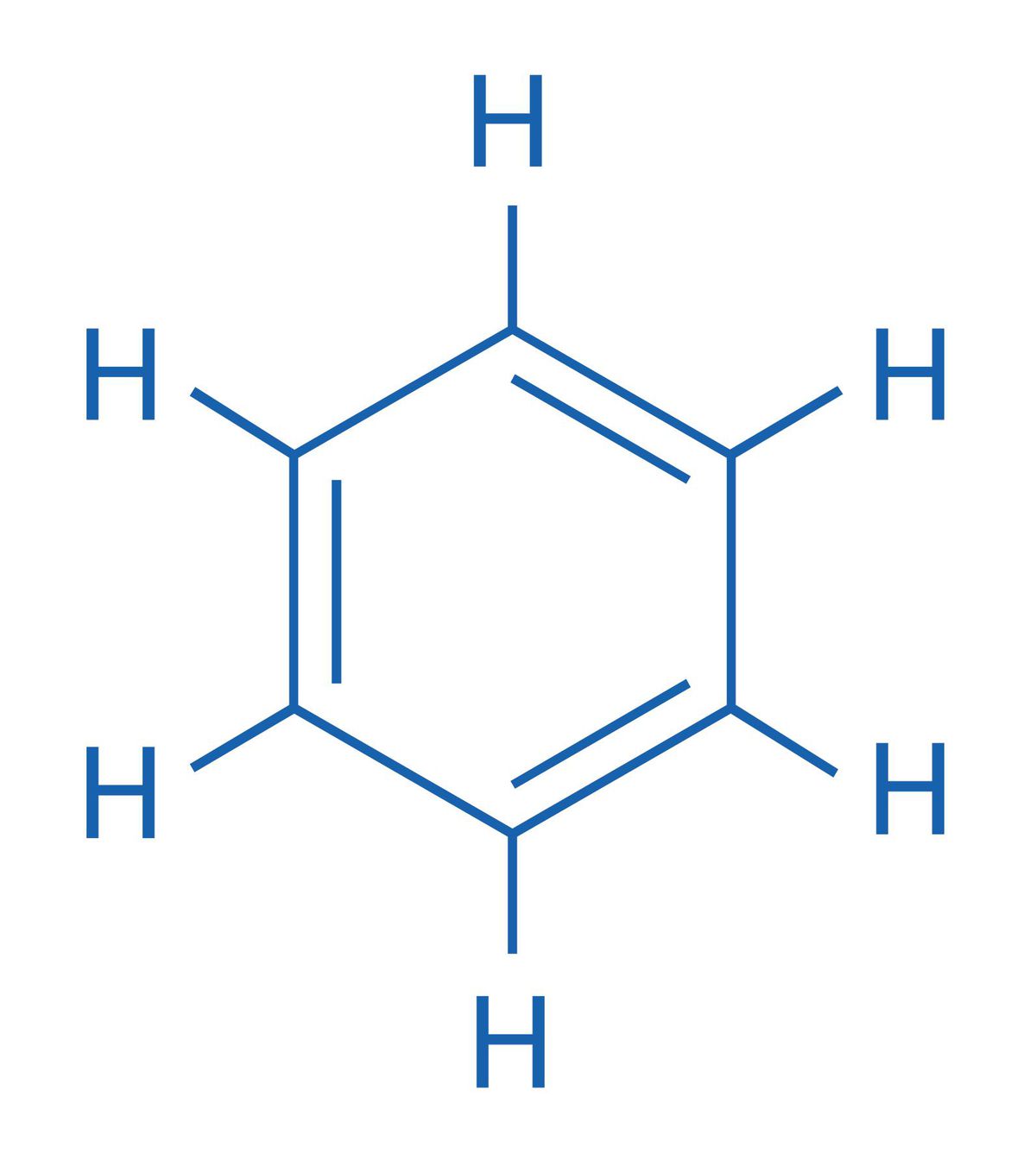
Benzene is a colorless liquid most often found in gasoline, cigarettes and, in the case of the Camp Fire, plastic pipes and water meters. It’s typically breathed in through the air, but when there’s contamination in the water system, people can be exposed to benzene in the water in three ways: through drinking it, eating it in food washed or cooked with it, or breathing it as vapor or steam.
The U.S. Environmental Protection Agency sets the maximum level of benzene allowable in drinking water at 5 parts per billion, but California’s standards are more stringent, at 1 ppb. The EPA says children should not be exposed to benzene-contaminated water at 10 ppb for more than 10 days. (In Paradise, multiple water samples have come back with levels in the 400 ppb range.)
Breathing benzene can cause drowsiness, dizziness and unconsciousness. According to the U.S. Centers for Disease Control and Prevention, “Eating or drinking foods containing high levels of benzene can cause vomiting, irritation of the stomach, dizziness, sleepiness, convulsions, rapid heart rate, and death.” Long-term exposure is shown to cause a form of leukemia. It also can harm female reproductive organs and could hurt unborn fetuses.
—Meredith J. Cooper
